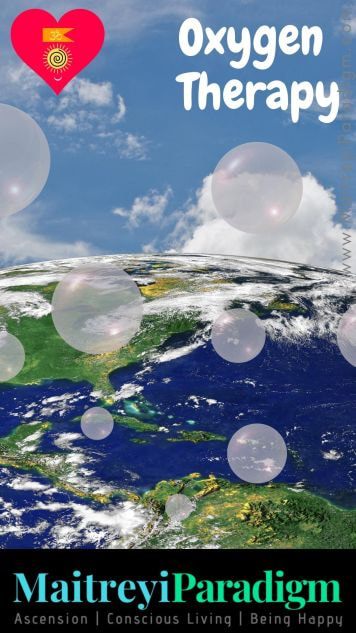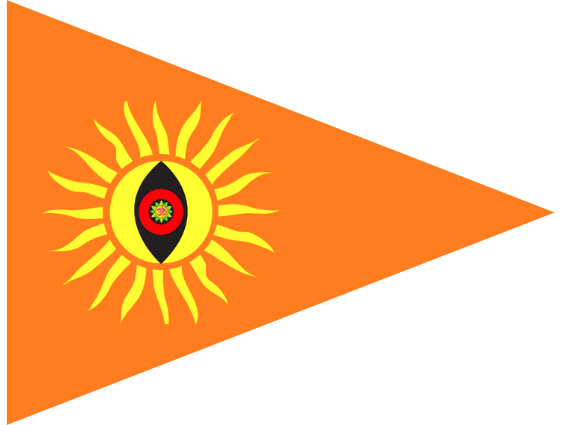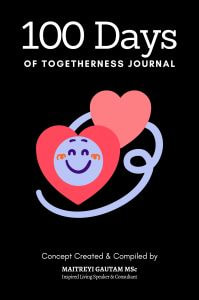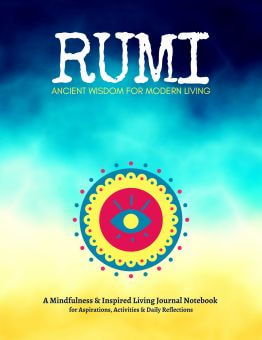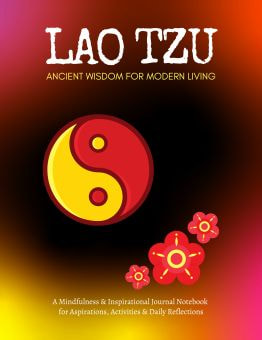Those that have difficulties with oxygen absorption can choose to undergo oxygen therapy in order to improve function and activity. The oxygen comes from a cylinder made of mental, or several varieties of containers. It reaches our bodies through a tube that is connected to tools such as facemasks, nasal cannula or a tube that reaches into our windpipe.
The amount of oxygen that we typically receive from the air surrounding us is about 20%. Anything higher than this amount raises the oxygen levels in our blood. In a typical oxygen therapy session, the amount of oxygen that enters our bodies is between 30-35%, which is generally administered via a nasal cannula. Those that require 100% of oxygen use facemasks, whereas infants are required to use incubators instead.
Oxygen therapy is most typically used for cases of hypoxemia, which are dangerously low levels of oxygen in the blood. Other conditions that may require oxygen therapy include acute and chronic asthma, emphysema, pneumonia, trauma, chronic bronchitis, cor pulmonale, pulmonary hypertension, heart attacks, recovery after anesthesia and other respiratory illnesses.
In a healthy human body, oxygen is constantly being absorbed through the air and converted into carbon dioxide. When this process is disrupted, due to the body’s inability to absorb oxygen, levels of oxygen in the blood lower significantly and can cause a number of problems, especially regarding tissue and respiratory function. Oxygen therapy aids the heart by helping ease the amount of work that would otherwise be required and lowers breath shortness.
The varieties in oxygen therapy delivery include liquid oxygen, compressed oxygen, devices of oxygen conservation and oxygen concentrators. Liquid oxygen is stored in a portable container that is used for home treatment. Oxygen remains in a liquid state while it is cool and converts into gas upon warming. Compressed oxygen also comes in a tank but has an adjustable flow rate and drastically vary in size, which is typically used to engage in physical activities.
Oxygen conserving devices and concentrators are typically used in hospital or medical settings and are more carefully monitored.
continue reading...
| |
Bio Based Healing and Wellness
Keywords and Tags:
#oxygentherapy #hypoxemia #asthma #emphysema #pneumonia #chronicbronchitis #pulmonaryhypertension #bodyworktherapy #energytherapy #energywork #naturalhealing #alternativemedicine

